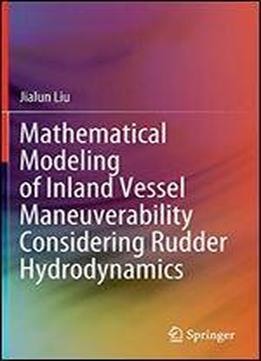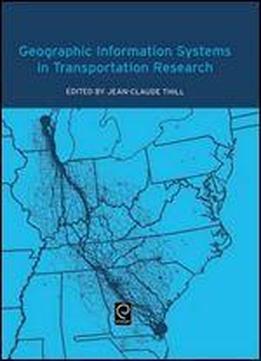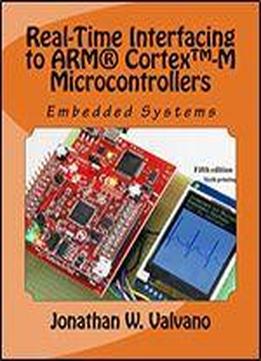
Mathematical Modeling Of Inland Vessel Maneuverability Considering Rudder Hydrodynamics
Tags:
Jialun Liu
This book demonstrates that different rudder configurations have different hydrodynamic characteristics, which are influenced by the profile, the parameters, and the specific configuration. The author proposes new regression formulas to help naval architects quickly estimate the rudder-induced forces and moments in maneuvering. Furthermore, the author proposes and validates an integrated maneuvering model for both seagoing ships and inland vessels. Using the proposed regression formulas and maneuvering model, the specific impacts of rudder configurations on inland vessel maneuverability are studied. In turn, the book demonstrates the application of Reynolds-Averaged NavierStokes (RANS) simulations to obtain rudder hydrodynamic characteristics, and the integration of the RANS results into maneuvering models as an accurate estimation of rudder forces and moments needed to quantify the impacts of rudder configurations on ships maneuvering performance. In addition, the author proposes new criteria for the prediction and evaluation of inland vessel maneuverability. Simulations of ships with various rudder configurations are presented, in order to analyze the impacts of rudder configurations on ship maneuverability in different classic and proposed test maneuvers. Offering essential guidance on the effects of rudders for inland vessel maneuverability, and helping practical engineers make informed design choices, the book is of interest to researchers and academics in the field of naval engineering, as well as students of naval architecture. Industrial practitioners working on ship design may also find it beneficial.








